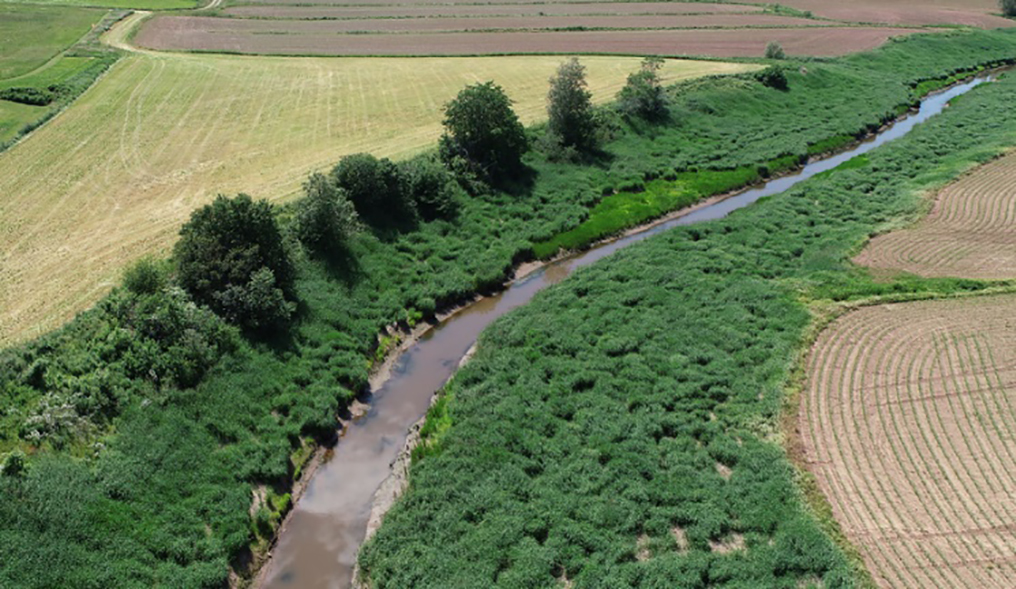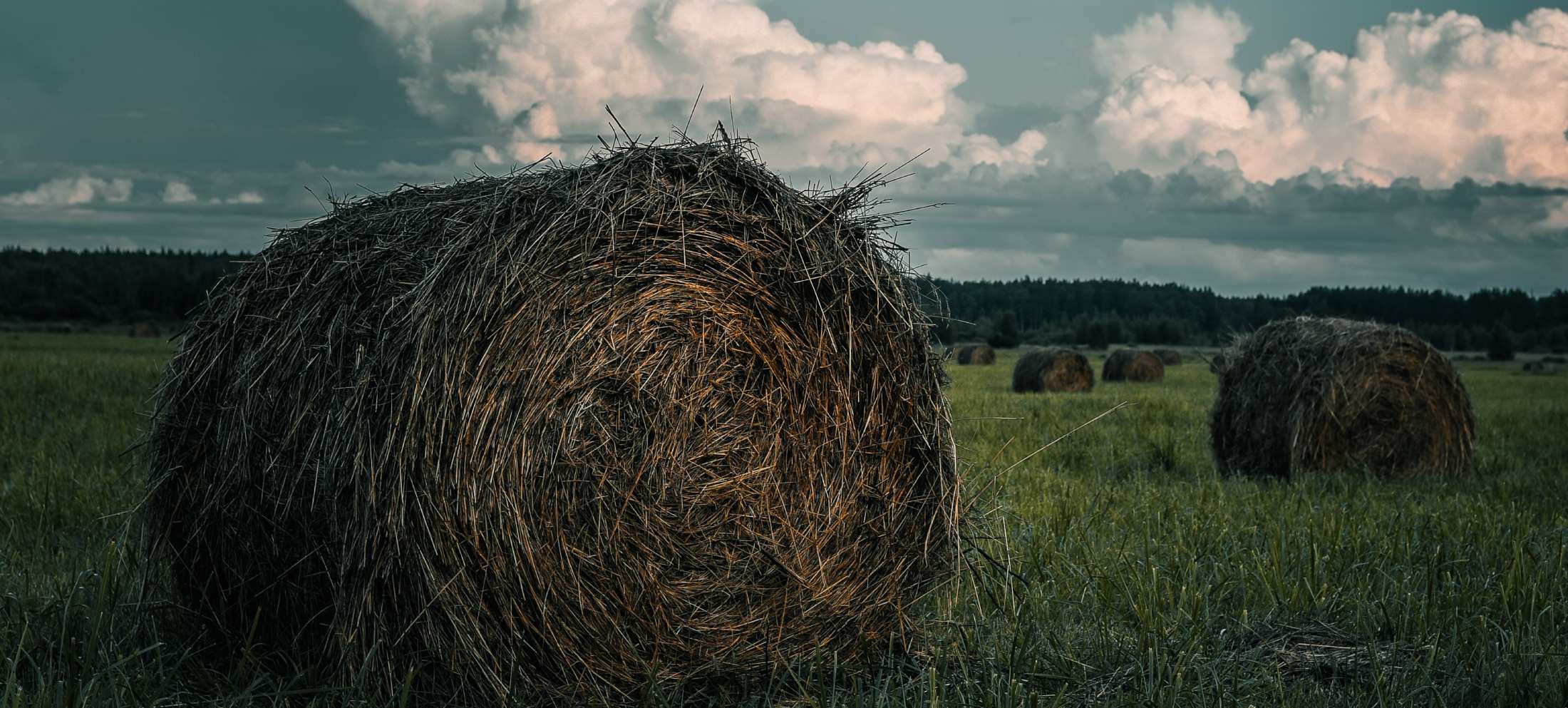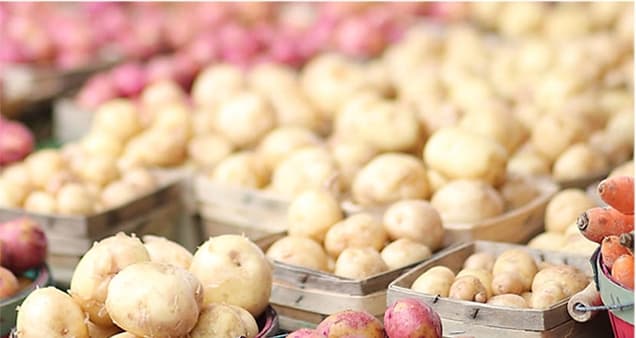When the NSDA introduced changes to the Soil & Water Sustainability Program this spring, one of the highlights was an increase in the funding for Enhancing Riparian and Agro-Ecosystem Health to 60% assistance for the purchase and installation of trees, shrubs and fencing in riparian zones (i.e., the lands adjacent to streams, rivers, lakes, ponds and wetlands). This increase in funding is a recognition of the many ecological services that vegetated riparian zones can provide including improving soil health, capturing nutrients and pathogens, watercourse bank stabilization, wildlife habitat, enhancing biodiversity and sequestering carbon. This article is intended to provide some practical suggestions for establishing vegetation along a watercourse.

To provide the most benefits, streamside vegetation should consist of a mixture of grasses, shrubs and trees. In some cases, all that would be needed is to erect a fence to protect the bank from being damaged by livestock or equipment. A protected stream bank will soon allow the natural vegetation in the area to become established. In some instances, it may be desirable to have a zone of grass and shrubs close to the stream edge and trees planted further back from the bank. In areas where only a ground cover is needed, plant a mixture of grasses and legumes close to the stream edge. In areas where you want to establish shade as well as bank cover, plant shrubs and trees. Consider native species that thrive under local conditions. It is important to consider site characteristics such as soil type, drainage, high water levels, and wind and sun direction before selecting specific species for planting.
Grasses and Legumes:
It is recommended to plant a mixture of grasses and legumes as legumes can supply nitrogen to the soil. Legumes to consider are birdsfoot trefoil (Lotus corniculatus), or crownvetch (Coronilla varia). Both of these species have a long life and are adapted to a wide range of soils and moisture conditions; however, crownvetch does best in dry to well-drained areas. Grasses to consider are creeping red fescue (Festuca rubra) or tall fescue (Festuca arundinacea) but soil and moisture conditions may require the use of other grasses or legumes. A “highway mix” or “conservation mix” are good seed mix combinations to use in the Maritimes and most seed suppliers can advise on other mixtures.
Shrubs:
An ideal shrub is red osier dogwood (Cornus stolonifera). This small shrub (approximately 1.8 m; 6 ft. high) is well suited to stream banks as it grows best in moist soils and spreads by producing runners or stolons. Other shrubs to consider are highbush cranberry (Viburnam trilobum) or speckled alder (Alnus rugosa). Several willow shrub species could also be considered. Most shrub species require some management such as cutting them back every third or fourth year. Plant in a zigzag row with a one-meter spacing to reduce weed competition and mulching around the plants will help retain moisture and reduce weed competition.
Trees:
Most native tree species can be used. As a general rule, plant deciduous (hardwood) species on north slope (south facing) and east slope (west facing) and conifer (softwood) species on the south slope (north facing) and west slope (east facing). The species naturally growing on or near the site will be the best choice. It is necessary to plan ahead as many shrubs and tree species are only available at certain times of the year and may need to be ordered in advance, particularly if a large site is being planted. The best time for planting is early spring as soon as the frost is out of the ground. Although more expensive initially, planting potted trees that are 2 – 3 years old can result in higher survival rates over planting seedlings. Additional steps that can improve tree survival are mulching, staking and caging the trees.
There are several suppliers of shrubs and trees across the province. It is recommended that you contact a local watershed conservation group for the best local sources. Contact information for many watershed groups is available on the Adopt-A-Stream website. The EFP program is developing a list of suppliers. If you sell native shrubs or trees suitable for riparian planting (or know of someone who does), and would like to be on the list, please contact the office (902) 893-2293 or email efp@nsfa-fane.ca. The Soil and Water Sustainability Program is accepting applications until October 15th. There is still time to do some fall fencing or for those wishing to purchase trees this fall, check with local nurseries to make arrangements for a spring pick-up.
Visit the EFP website for these and other resources: nsefp.ca/publications-fact-sheets/
- Beneficial Management Practices for Riparian Zones in Atlantic Canada – for suggested plants lists
- New England – Acadian Forest Restoration – lots of information about the New England – Acadian Forest ecosystem
Links:
- Soil and Water Sustainability Program – novascotia.ca/programs/soil-and-water-sustainability/
- Adopt-A-Stream Program – brings professional habitat biologists and volunteers together to rehabilitate aquatic habitats for fish and wildlife; contains a map of watershed conservation groups and contact info – www.adoptastream.ca/



